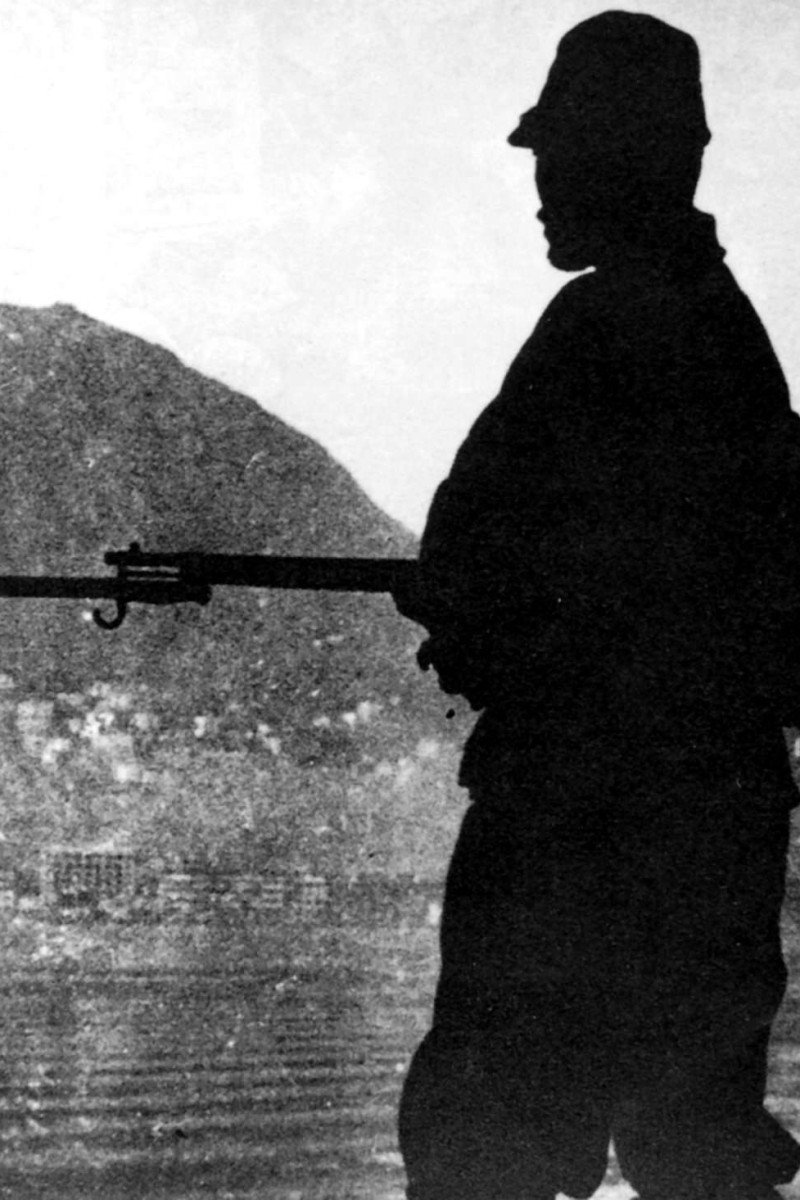 Japanese soldiers invaded Hong Kong on December 8, 1941.
Japanese soldiers invaded Hong Kong on December 8, 1941.High up on a hillside near Jardine’s Lookout, shaded beneath dense green foliage, are the pockmarked remnants of second world war pillboxes, a reminder of the city’s failed attempt to fend off a Japanese invasion.
It is 75 years since Hong Kong fell – less than three weeks after the Japanese first attacked what was then a British colony.
Hours after swooping on Pearl Harbour, bringing a reluctant United States into the war, Hong Kong was an early target in what would become a full-blown Asian campaign for imperial Japan.
Although extra troops had been brought in to bolster its defences, the outpost of the British Empire was crushed under heavy bombardment in the 18-day Battle of Hong Kong.
The brutal confrontation, much less reported upon than other clashes in the Pacific theatre, saw around 1,500 allied troops die trying to defend the territory.
Keen to limit potential losses, the British government had initially been reluctant to send reinforcements in to what they saw as an indefensible position, despite Japan’s advance into southern China in the late 1930s as part of the ongoing Sino-Japanese conflict.
But in September 1941, Canadian troops were drafted in to boost defences, joining local, British and Indian soldiers.
It was still a token force the 15,000 allied troops were vastly outnumbered by more than 50,000 Japanese who carried out a devastating aerial attack that wiped out RAF planes at Hong Kong’s Kai Tak airport on December 8, the first day of the offensive.
The British were relying on Gin Drinkers’ Line, an 18-kilometre military defensive cordon that ran across the hills of the northern New Territories, not far from the border.
A combination of bunkers, trenches and machine-gun posts, it was designed to combat any southward invasion from the Japanese.
But a small group of Japanese forces soon breached a weak point in the line and troops joined them in an all-out assault, forcing the allies to retreat south across the harbour to Hong Kong Island in a matter of days.
As the Japanese pursued them, fierce fighting broke out around the North Point power station.
Japanese troops then marched south, battling counter attacks in the connecting hills and valleys.
Hours before they eventually surrendered, the allies tried to defend Stanley.
Injured troops and medical staff there were attacked at St Stephen’s College, which was being used as a military field hospital.
Horrific testimony from eye witnesses tells how nurses were raped and killed, wounded soldiers attacked and mutilated.
In the wake of the massacre, the British governor of Hong Kong officially surrendered to the Japanese on December 25.
Japan occupied Hong Kong until August 30, 1945, setting up internment camps across the city.
General Takashi Sakai, who led the invasion and became governor of Hong Kong during the occupation, was executed by firing squad in Nanking, China, in 1946 for war crimes.
